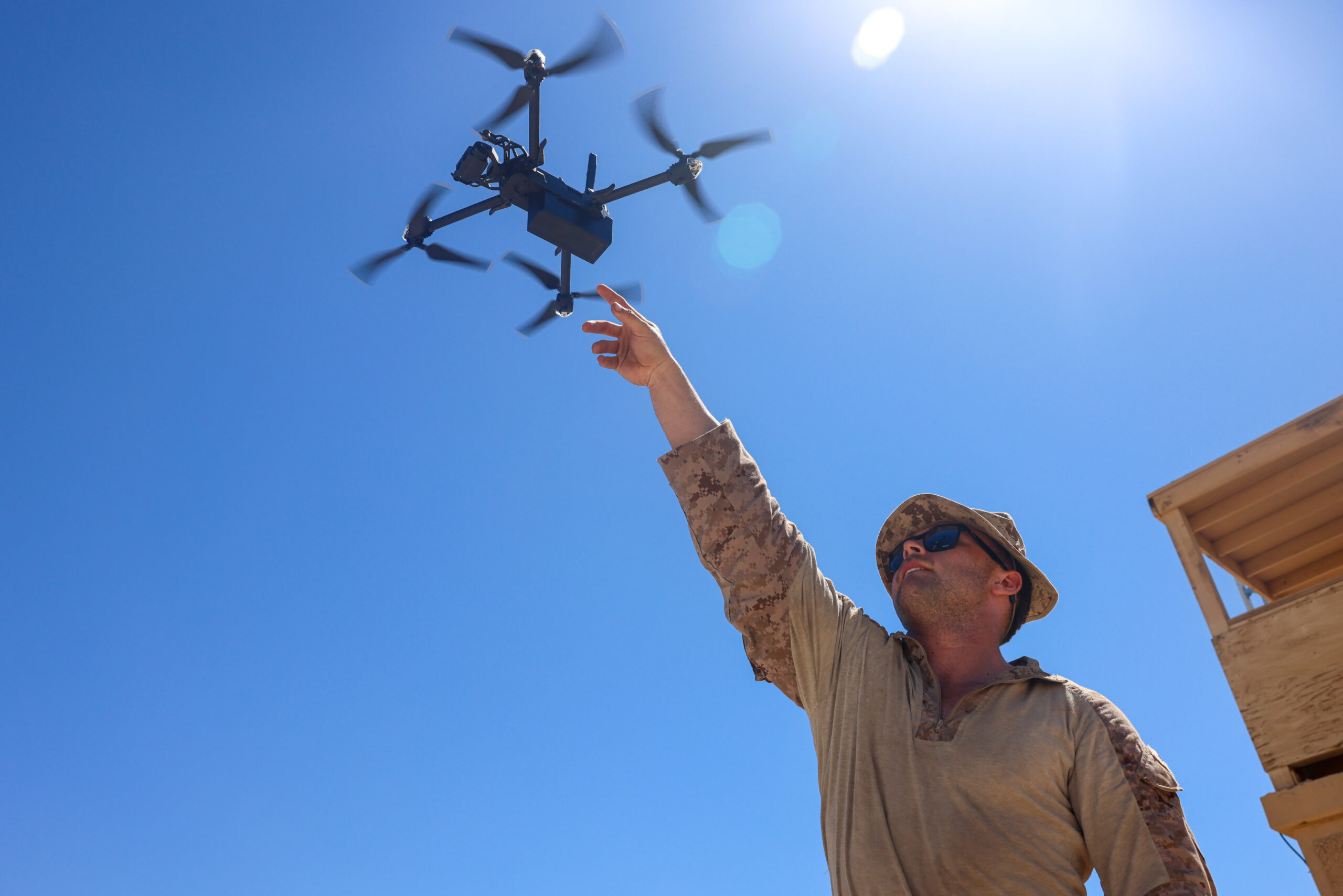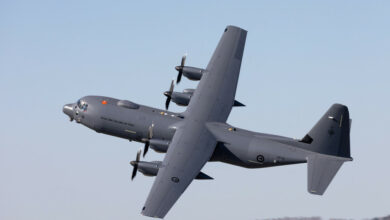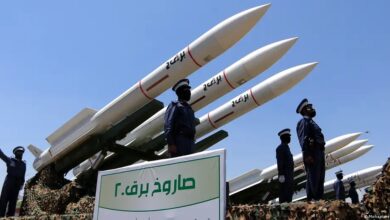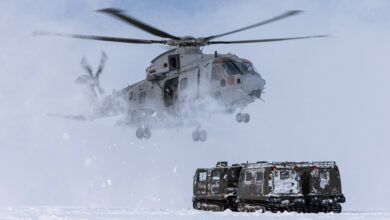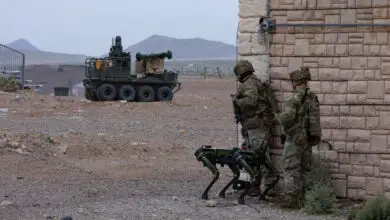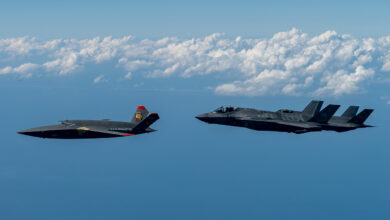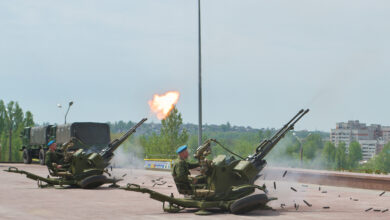New Zealand has signed an agreement with three industry partners to procure aerial drones and associated remote ground sensor solutions for the army.
The initiative is part of the New Zealand Ministry of Defence’s ongoing Networked Enabled Army program to modernize intelligence, reconnaissance, and surveillance capabilities in support of land units by 2024.
Micro, Nano, and Small Drones
For the project, Wellington-based EPE will provide the 2/1 Royal New Zealand Infantry Regiment with an undisclosed quantity of micro drones that can fit in backpacks and be deployable in under 75 seconds.
EPE will collaborate with American autonomous solutions company Skydio to deliver the proprietary 1,325-gram (2.9-pound) X2D unmanned aerial systems for the contract.
In addition, the regiment will receive sensor systems combining acoustic, seismic, and infrared functionalities to localize and identify moving targets.

“EPE and Skydio share a common aspiration to contribute to a safer world and equip soldiers with technology that not only provides strategic advantage but also enhances decision-making while safeguarding them from threats,” EPE New Zealand General Manager Andy Cross stated.
“As a team we have the capacity and ability to deliver and support the capability from design through to disposal.”
Simultaneously, the regiment will receive a tranche of nano drones from Australian firm Criterion Solutions. Each platform of this fleet has a single rotor airframe, can fit into small pouches, and can be operational within 20 seconds,
Meanwhile, US firm Quantum Systems will hand over a set of small drones for the 16 Field Regiment. These systems have a wingspan of three meters, are launchable within three minutes, and are transportable in compact containers.
Expanding Situational Awareness
The New Zealand Ministry of Defence wrote that the systems are expected to boost army missions requiring precise, real-time information for risk assessments and operational planning.
Alongside combat support, the unmanned fleet will be employed for search and rescue, humanitarian aid, and disaster relief.
The agency noted that it will not arm the drones, as the systems’ primary role will be “to extend situational awareness beyond-line-of-sight.”
“The systems will improve the ability of the New Zealand Army… in areas that may otherwise be inaccessible, such as cyclone damaged regions or combat zones,” Ministry of Defence Deputy Secretary Sarah Minson said.

